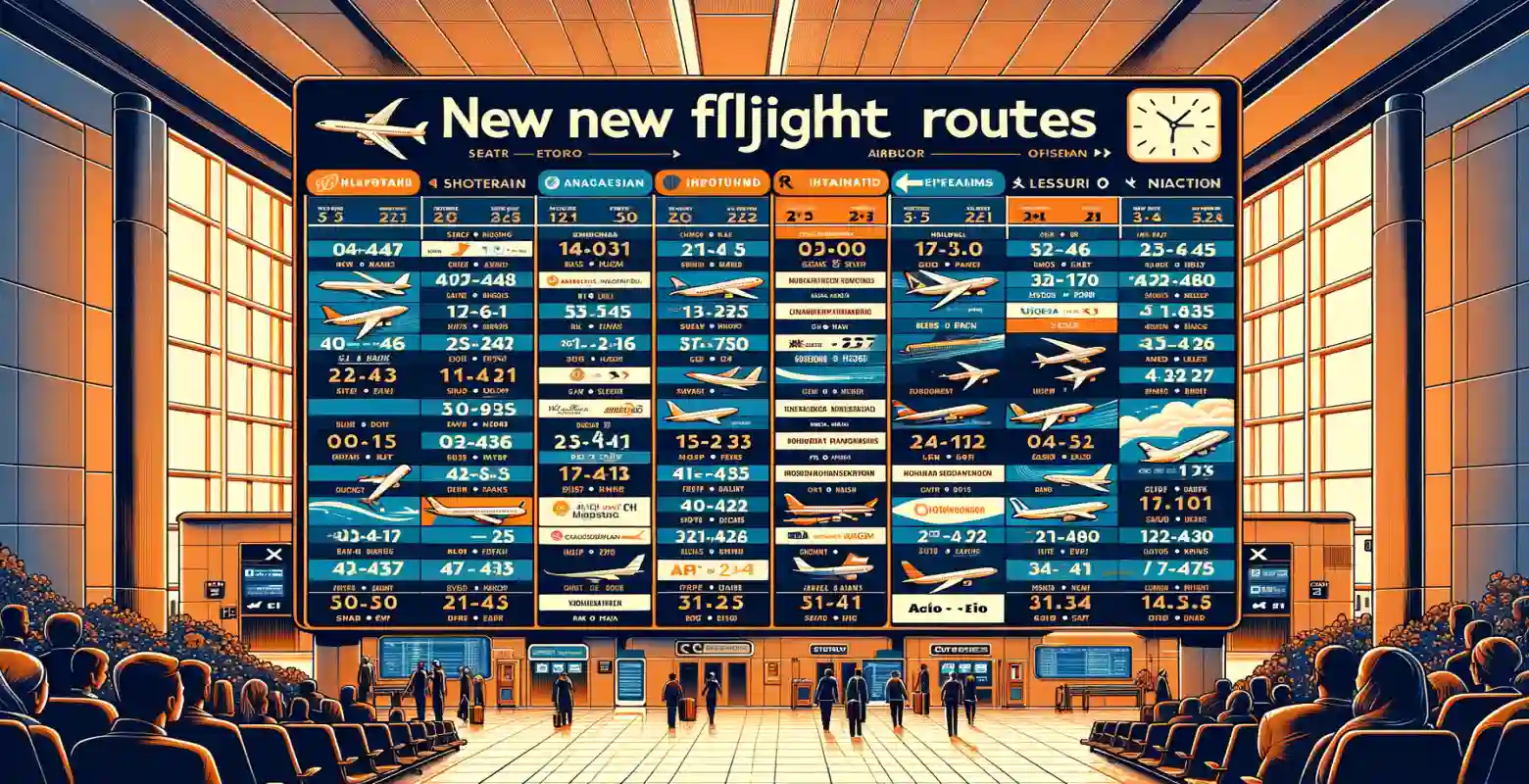What new routes are airlines opening this season?
Introduction
With the development of global mobility and the increasing demand for air travel, airlines worldwide are constantly seeking new ways to meet the needs of travelers. One of the key aspects of their strategy is opening new air routes during different seasons. These routes provide passengers with access to new destinations, while airlines can increase their market presence and profits. In this article, we will examine the new routes that airlines are opening this season, the benefits and challenges associated with them, and the future trends we can observe in the airline industry.
New Air Routes – What and Who is Offering?
Each season brings new opportunities for airlines that want to surprise their passengers with new destinations. This season, it is noticeable that many airlines are focusing on connections to regions that were previously less accessible. For example, Turkish Airlines announced the opening of new routes to several cities in Africa as part of their strategy to expand their influence on this continent.
Similarly, Emirates is starting to offer new direct connections to cities in Southeast Asia, such as Manila and Ho Chi Minh City. This is a response to the growing demand for travel in this region, driven by increased interest in tourism and business.
In Europe, airlines such as Ryanair and Wizz Air are opening new connections between popular tourist cities and lesser-known but equally attractive destinations. The goal is to attract tourists looking for new experiences and wanting to avoid crowded places.
Significance of New Routes for Passengers and Airlines
Opening new routes is crucial for both passengers and airlines. For passengers, it means more choices and the opportunity to discover new places without the need for layovers, which shortens travel time and often reduces its cost. For airlines, it is a chance to increase revenues and strengthen their position in the market.
New routes can also contribute to the development of tourism in regions that were previously less accessible. An increased number of tourists can support local economies, benefiting both local communities and airlines, which can rely on a steady demand for tickets.
Challenges Related to Opening New Routes
Despite many benefits, opening new routes is not without challenges. One of the most important is the need to thoroughly study the market and predict demand. Airlines must ensure that a new connection will be profitable and that there is a sufficient number of passengers interested in that route.
Another challenge is the logistics associated with launching a new route, including ensuring an adequate number of aircraft and crew, as well as complying with all legal and safety regulations. Airlines must also promote new routes to attract passengers and increase awareness of new travel opportunities.
Future Trends in Opening New Routes
Looking ahead, several trends are likely to influence the opening of new air routes. One of them is the growing importance of sustainable development and ecology. Airlines will increasingly choose routes that allow for a reduction in CO2 emissions, for example, by avoiding long flights over areas with heavy air traffic.
Another trend is the use of new technologies, such as data analysis and artificial intelligence, to help airlines better predict demand and optimize their route networks. It is also possible that the number of connections between smaller cities will increase, allowing for better utilization of smaller airports and reducing congestion at major transportation hubs.
Summary
Opening new air routes is a significant element of airline development strategies that benefits both passengers and carriers. New routes enable the exploration of new places, support local economies, and contribute to increased mobility worldwide. Despite the numerous challenges associated with this process, the future of opening new routes looks promising, especially in the context of the growing importance of sustainable development and technology. It is a time of exciting changes that can significantly influence how we travel the world.






Number of comments: 0